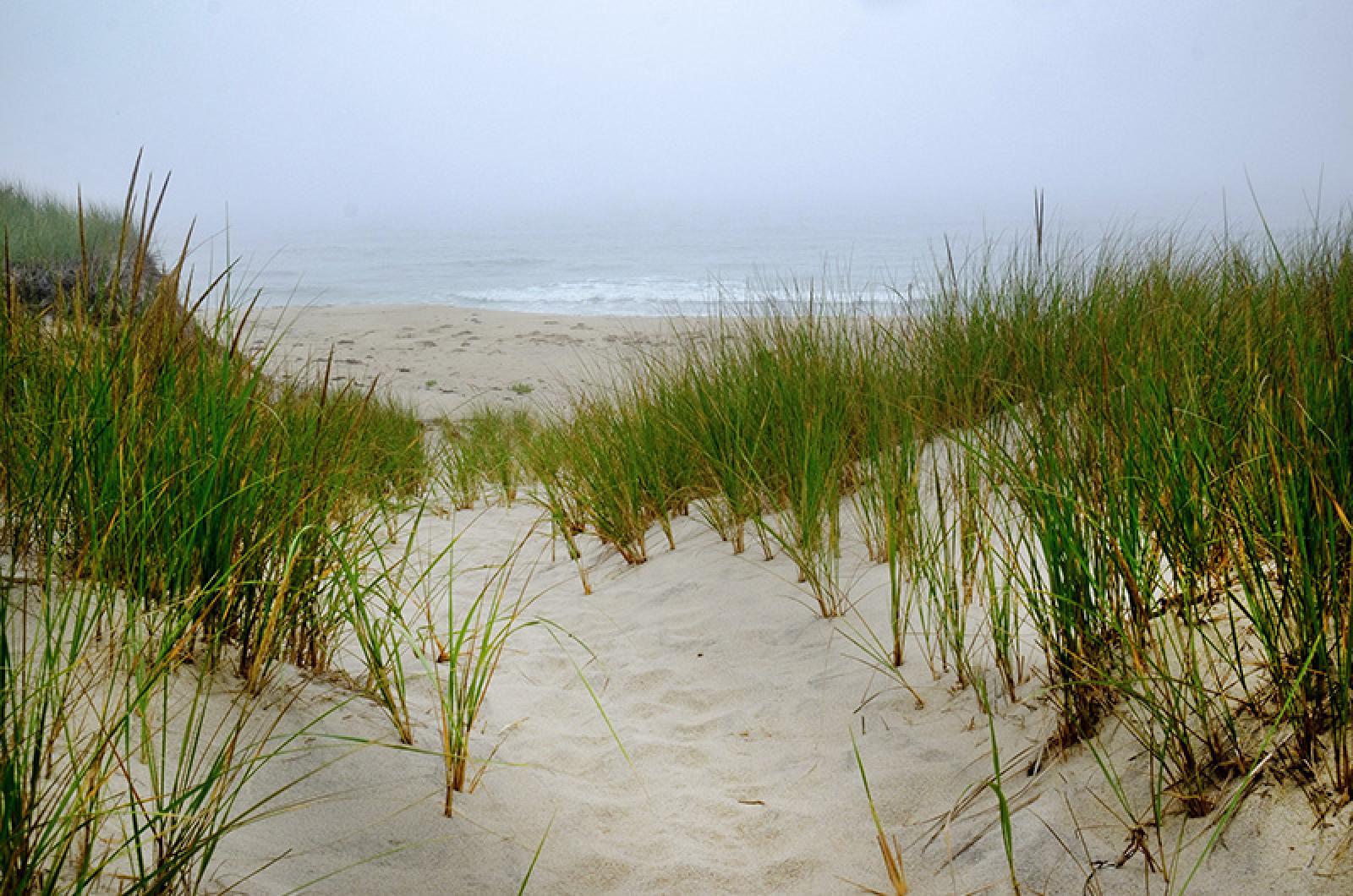As a booming Island real estate market roars along in a year of no normals, the Martha’s Vineyard Land Bank is on track to post record revenues for 2020.
Records show the land bank had collected $19.6 million as of this week for the calendar year. In the 2019 calendar year the land bank collected $14.7 million in revenues. Total transactions are up too, with 1,450 transactions for the year to date, compared with 1,391 transactions in all of 2019.
The land bank tracks its numbers on both a fiscal and calendar year basis.
Looked at either way, the Island’s only public conservation agency is breaking its own records with astonishing speed this year.
“It’s unusual,” land bank executive director James Lengyel told the Gazette in an interview this week. “This could be an anomalous uptick. The land bank is not using the events of the last six months in future planning.”
Founded in 1986 by an act of the state legislature, the land bank collects a two per cent fee on most arm’s length real estate transactions and uses the money to acquire land for conservation.
It has been a robust year for land bank purchases large and small. Early in the year the land bank conserved property in Aquinnah, and bought the last undeveloped lot on Caleb’s Pond on Chappaquiddick.
This past fall several property acquisitions were announced, including the shared purchase with the Sheriff’s Meadow Foundation of 304 acres of ecologically rare, undeveloped land in Aquinnah owned by the family of Caroline Kennedy. The $27 million Squibnocket Reservation purchase closed last week, Mr. Lengyel said, marking a historic chapter in land conservation on the Vineyard.
There were other key acquisitions too — one at Arrowhead Farm in West Tisbury where the land bank will eventually return the property to a full working farm with a tenant farmer, and another at the former Child property off Lambert’s Cove Road in West Tisbury, where the land bank partnered with the Island Autism Group in its venture to create a residence for people with autism disorders.
Mr. Lengyel said the partnership highlights the land bank’s longstanding policy of collaborating with other Island groups, both conservation and affordable housing groups. It’s part of a mission to protect priority open space and habitat, he said, within the context of the Island’s complicated infrastructure and community needs.
Meanwhile, as the real estate market stays red hot, concerns are heating up again too about the long unsolved shortage of affordable housing on the Vineyard. Some see the land bank as a siphon on funds that could be put toward housing, but in fact the land bank has long recognized the issue and has a little-known and longstanding affordable housing policy. Adopted in 1989 and revised 2009, the policy sets out detailed parameters for partnering on affordable housing initiatives. The eight-page policy is posted on the land bank’s website, and describes some 15 projects that have been completed.
“The partnership is longstanding and productive,” Mr. Lengyel said.
Land bank revenues are often considered a barometer for the Island real estate market, and almost since its inception the land bank has tracked its revenues in roughly eight-year cycles of ups and downs, closely mirroring the national economy.
But the patterns are no longer so predictable.
“The eight-year cycle was blown up years ago . . . it’s a little uncharted,” Mr. Lengyel said. “If there was one word to use it would be uncertainty,” he added. “The trend is in both volume and pricing, both have escalated. If revenue trends continue, there would be another record set in 2021 — that doesn’t seem realistic, but I don’t know. There’s no sage, no one can answer these questions.”
And while the land bank may be flush with cash at the moment, Mr. Lengyel said for his agency money is never the driving force.
“The supply of funds never drives the land bank, it’s always the concern for conservation and important properties to conserve,” he said. “We have a list, we prune it regularly.”
To date land bank holdings total 3,882 acres.
“That’s only six per cent of the Vineyard . . . but at least 85 per cent of them would have been developed by now,” Mr. Lengyel said. “These were vulnerable properties.” He concluded:
“I do have to say looking back, if someone had said in 1986 that we would have preserved all these properties . . . it’s miraculous.”







Comments (6)
Comments
Comment policy »